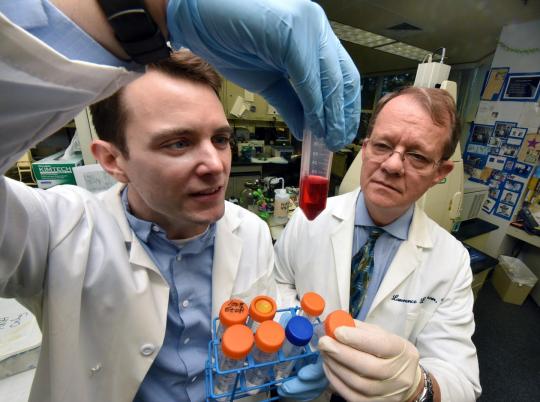 |
| Most of the images are generated by an artificial intelligence (Artbreeder). None of these persons exist in the real world. |
Artbreeder
Gulliver made me aware of a new artificial intelligence (AI) based app called Artbreeder over at Crossdream Life. It lets you transform images and photos in a wide variety of ways, including merging photos of two persons and adjust "genes", i.e. variables that defines physical traits.
One such "gene" is gender. You can take a photo of a person, adjust the "gender gene", and watch how feminine traits turn into masculine features.
This software is using machine learning, and it its calculations are based on input from a vide variety of photos and pictures. I am not sure how they define feminine and masculine in these algorithms, but keep in mind that the input is culturally defined. AI has a tendency of reproducing contemporary cultural biases.
That being said, what interests me here is not how the AI sees gender, but how I see it, how human beings see it.



